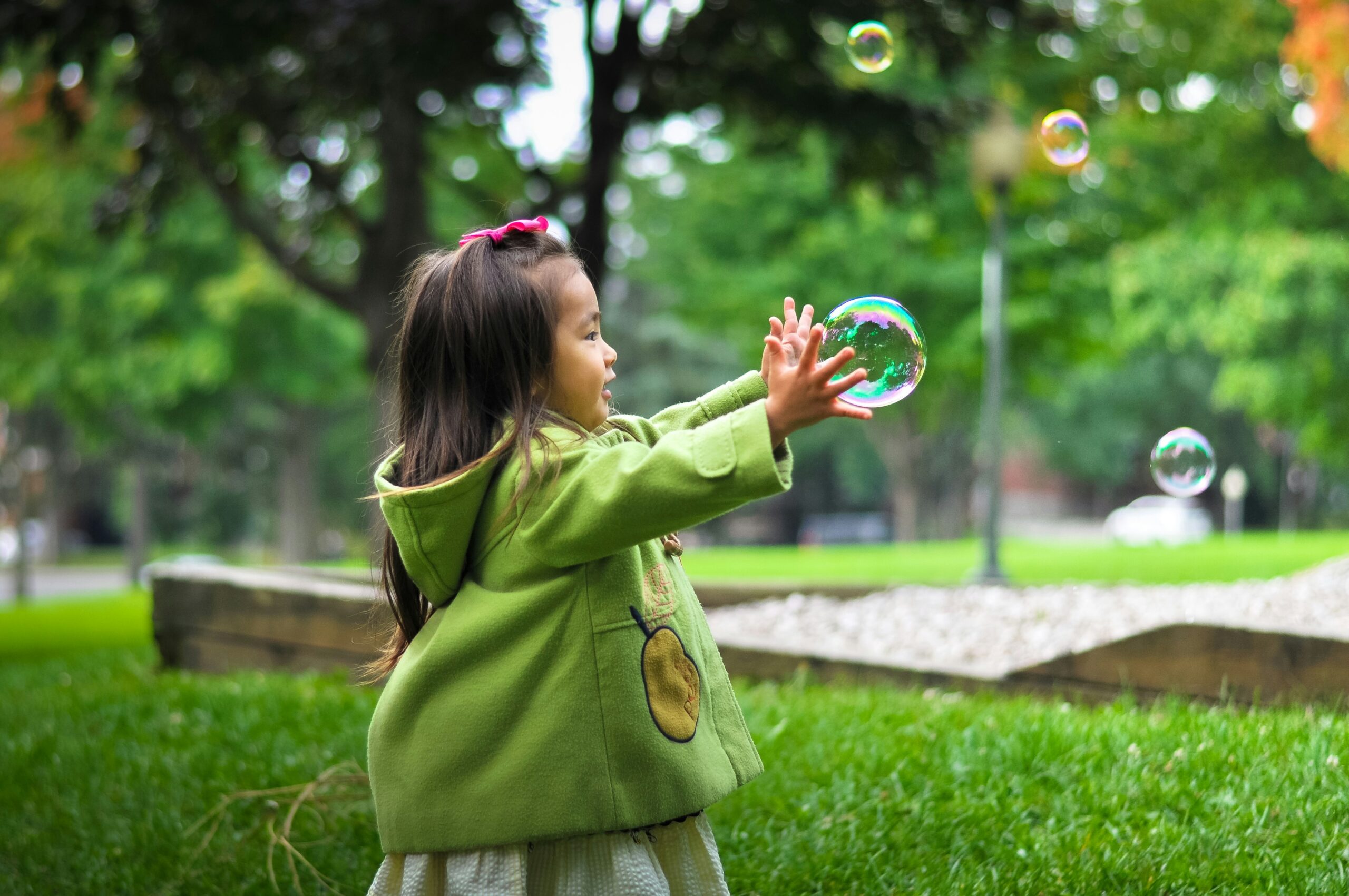Children are naturally creative – or so we are told. But why does it seem like some kids are imaginative geniuses where others don’t know how to get started? Here are some short activities to try with your children in order to spark their creativity.
1. Add Boundaries
It’s easy to think that fostering creativity means giving a child a blank page and saying "do whatever you want!". But for children who are more hesitant, the opposite can be true. We need some guidelines and parameters to our creativity. After all, you can’t start a fire without two sticks to rub together. We need to provide the sticks.
Try this: Encourage your child to create a silly story based on rolling the dice. Draw a table with four columns and six rows. In the first two columns, write a range of character types (e.g., a dragon, a fireman, a princess, a truck driver). In the third column, write six different activities (e.g., win a singing contest, fight a ghost, bake the world’s biggest chocolate chip cookie). In the final column, write a few goals for your characters (e.g., save the world, get back home, become king). Roll a dice four times to determine your two main characters, the activity, and the goal. Have fun with the combinations and create a story together!
So, you might have a story where a fireman and a princess have to fight a ghost to save the world. Or a basketball player and a cat have to win a singing contest to find the true meaning of Christmas. Have fun with it and see what you come up with!
2. Make Mistakes
Some children are hesitant to be creative because they don’t want to be wrong. What if their story is no good? What if their horse drawing looks more like a dog? What if someone laughs at them? The best thing we can do in these situations is model what it’s like to get things wrong.
We can do this in our everyday life. Instead of rolling our eyes or muttering a curse word when we make the wrong purchase, say, “Oh no, I got the wrong type of milk! Oh well, we all make mistakes.” Or if we’re shooting hoops with our kids and we miss a basket, we can say, “Oh no, I missed! That’s OK, I’ll just try again.” If you’re a teacher, you can make a spelling mistake on the board and wait until students correct you. Smile and say “Whoops!” and fix the mistake.
When doing artistic projects, this is really important. Even if you’re a naturally gifted artist, show your child that you too are making errors. Draw something in pencil, erase it, and fix it. Narrate what you’re doing to help your child understand. “Hmm, this dog’s tail doesn’t look quite right to me… I think I’m going to rub it out and start over! I’m really proud of how the head looks though!”
Try this: Draw or paint a giraffe with your child. Make some mistakes, and narrate you trying to correct them. Emphasise the fact that you’re enjoying the process, not trying to get a perfect replica of a giraffe on the page.
3. Back Off
As much as we need to play with our children and model what to do, it’s just as important that there are times where we do the opposite. Children might lean on you too much if you’re close to them, or ask for help just because you’re there. They need room to build the confidence to try things themselves.
Try this: Leave out a new toy or activity for your child while you are busy cooking or doing something else (e.g. a Lego set with no instructions, or a half completed play-dough castle). Let your child discover the activity and figure out what to do with it. When you’re about halfway done with your cooking or other task, check in, and praise whatever effort they have made (e.g. “Oh wow, I can see you’ve connected these Lego blocks to make a new shape! I wonder what you could do next?”) If your child doesn’t engage with the toy, that’s OK, it might take a few goes. The important thing is that we’re getting them thinking.
4. Encourage Curiosity
Curiosity is the close cousin of creativity. Both encourage children to explore the world round them and try to make new connections. You can encourage curiosity when you’re out and about with your child. “I wonder if we can count ten red cars before we get to the shop?” “We need to buy some limes, you pick them up. Do you think their skin will feel cold or hot?”
Try this: Meal times are a great opportunity to ignite your child’s curiosity. You can say things like, “I’m going to crunch this carrot with my teeth – crunch! Can you make a crunch sound? What else on your plate might be crunchy?” or “I’m going to turn my sandwich inside out! Now the cheese and ham are on the outside and the bread is in the middle. Do you think it will taste different?” If you’re a teacher and your school has strict policies around food, you could do a similiar activity by using paint and plant materials. Task your students to make a portrait using the materials and narrate as you experiment. “I’m going to put paint on the leaves… oh look, now I can use them as a stamp. I wonder what will happen if I roll these gumnuts through the paint…”
Conclusion
Fostering creativity in children involves a mix of structure, modelling, independence, and curiosity. By incorporating these activities into everyday life, you can help your child develop their creative thinking skills and express themselves more confidently.
Happy exploring!
This blog was written by Tahnee K, a highly sought after Primary School and VCE tutor for English, Literature, French and Media on Learnmate. Tahnee has over 15+ years experience teaching secondary English as well as special education primary.
You can view Tahnee's profile, including her rave reviews and, subject to her availability, request Tahnee as your tutor here.




